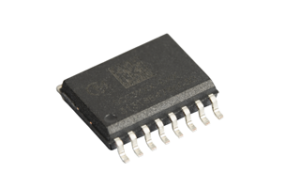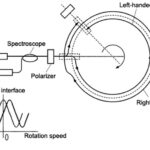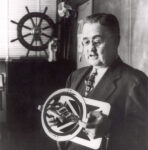 Murata has developed a 3rd generation of MEMS 4DoF (four-degrees-of-freedom) and 5DoF inertial sensors that realize high-performance for safety-critical automotive applications. The SCC3000 series components combine a high-performance angular rate and accelerometer sensor components. It consists of versions of an X-axis, Z-axis, and XZ-axis angular rate sensors and a 3-axis accelerometer sensor based on Murata’s proven capacitive 3D MEMS technology.
Murata has developed a 3rd generation of MEMS 4DoF (four-degrees-of-freedom) and 5DoF inertial sensors that realize high-performance for safety-critical automotive applications. The SCC3000 series components combine a high-performance angular rate and accelerometer sensor components. It consists of versions of an X-axis, Z-axis, and XZ-axis angular rate sensors and a 3-axis accelerometer sensor based on Murata’s proven capacitive 3D MEMS technology.
The SCC3000 components enable cost-effective realization of ESC (Electronic Stability Control) product family of both standard and high-specification ESC with additional features. Pin-to-pin compatibility, together with the common SPI interface throughout the component family reduces the engineering effort at the system supplier level strengthening system robustness at the same time.
The SCC3000 series is designed, manufactured, and tested to meet the requirements for high stability, reliability, and quality. This component has extremely stable output over wide range of temperature, humidity, and vibration conditions. Modern electrified drivetrains require new technology for brake actuation, as vacuum from internal combustion engine is not available. The sensor in the SCC3000 series has been designed to meet the new shock and vibration requirements coming from integrated brake systems enabling most cost & size effective ESC functionality in modern electrified vehicle architecture.
The product is qualified according to the AEC-Q100 standard, includes several advanced self-diagnostic features and is fully ASIL-D (Automotive Safety Integrity Level) compliant. The SCC3000 sensor series features extensive failsafe functions and error bits for diagnostics. These include internal reference signal monitoring, checksum techniques for verifying communication, and signal saturation/over range detection. The unique diagnostic feature of Murata’s 3-axis accelerometer is the continuously operating self-test function which monitors the sensor during measurement. This patented self-test function verifies the proper operation of entire signal chain from MEMS sensor movement to signal conditioning circuitry for every measurement cycle.


Leave a Reply